(Guest post from John Scherer, Co-Director of Scherer Leadership International, with Billie Alban, President of Alban & Williams, Ltd. This is the third blog post in a six-part series about the history of OD.)
Introduction to this Blog Series
In the first part of this series, we explored some of our ancient ancestors in the practice of changing the way people in groups and larger human systems get things done. In Part 2 we named some of the most significant people from psychology whose ideas have shaped our current way of doing Organization Development.
In this segment, we want you to see and even study the following OD Time Line, created by Billie Alban, that shows the major players and movements in the field, starting with Kurt Lewin in the mid-1940’s. (Hundreds of people have contributed to this field of OD. We had to make choices, and apologize to those who do not find their names listed.)
To see the timeline, click here.
The Origins of OD Time-Line
Colleague Billie Alban has done everyone who practices OD a huge service by creating what is known as ‘The OD Time-Line.’ Billie and her colleagues developed it for use in their now well-established practice of Large Scale Change (See Alban & Bunker, 1997). Barbara Bunker and myself (Billie Alban) developed the Time Line concept, and Sara Shea did the graphics.
The time-line shows:
a) What was happening as OD came into being—and evolved,
b) The core OD concepts and when they emerged,
c) The major contributors—theorists, researchers, writers, practitioners,
d) The significant external forces and events that paralleled—and impacted—the birth and early years of our field, and
e) The institutions that were first to adapt OD as part of their workplace culture.
How to Read and Use the Time Line
As you can see, the horizontal axis is time, with the decades rolling from left to right. Along the side, vertically, are Core Concepts. (Even though, for graphic reasons, they are shown to run across the page as discreet elements, they are often merging and blending with other elements. For instance, data feedback is also used in team building, and systems theory is applied in many of the core concepts.)
Action Research
Lewin’s now-classic postulate—’No research without action; no action without research’—defines this element on the chart. One of OD’s fundamental principles is the use of data-gathering as the basis for planning subsequent interventions.
The survey-feedback process was pioneered by Ron Lippitt and is a staple in every OD consultant’s repertoire today. Ron Lippitt and his brother, Gordon Lippitt, pioneered methods for feeding back the data and for ‘implication derivation,’ something they insisted needed to be done with the client, not for the client.
Rensis Likert developed a widely-used approach to action research using a scale of responses, allowing people to indicate how strongly they held a particular position on some item of organizational concern—thus quantifying ‘soft’ data.
Robert Blake and Jane Mouton’s Managerial Grid fast became a research tool of choice because of its strong and clear visual presentation, making it immediate useful to both the consultant and the client. (More about that in a later issue.)
If you look toward the end of this line you will note something called AAR, or ‘after action review’ something used by the US Army to analyze military engagements. The process grew, in part, from NTL’s work with Army pioneers and was based on a process called EIAG, developed by early Episcopalian NTL OD consultant/trainer, Nancy Geyer. In this model, first you Experience, something ‘happens’ or you do something. Next you Identify important points in that experience or action; you then Analyze that incident, using appropriate models or theories, and then you Generalize: What have I learned here that I need to apply to the next situation?
Survey feedback, although used initially by industrial psychologists, has been part of the OD field, and widely used, with teams as well as entire organizations. There are surveys that look at employee morale, perceptions of leadership, clarity about mission and strategy, physical plant, technology, etc. Likert’s scale, in a Profile of Organization Characteristics, demonstrated that when a ‘System Four ‘ method for making decisions was used (a participative process), it was more likely to reflect a successful organization and satisfied employees. Blake and Mouton’s Managerial Grid looked at the role of management in integrating concern for people with concern for productivity, using a system-wide approach. Data was collected from managers through surveys that were later used in workshops they attended to increase their ability to work with their subordinates, bosses and peers.
One of the first applications of computers to assist in the action research process was The People-Performance Profile, developed by John Scherer and Bob Crosby in 1978.[1] The PPP measured and fed back computer-scored information to the individual on personal factors (e.g. Exercise, Nutrition, Alcohol and Drug Use, Stress Management), to the work group (Decision-Making, Conflict Management, Problem-Solving, etc.), and top management (Strategic Planning, Physical Environment, Organizational Stress, etc.) In 1983 Ron Lippitt told the developers he considered the PPP and the high-involvement process used to share the data with clients, ‘One of the most significant contributions to action research since Lewin.’
The Internet
It will be interesting to see over time the impact of the Internet on Action Research and surveys. Many organizations are now surveying their employees in real time via the Internet, providing for the first time essentially instantaneous feedback on whatever elements need to be researched. One such survey of organizational culture, developed by a Dutch consultant Gert Hofstede, was a study of 130,000 IBM employees in 40 different countries!
—
Reference List of Books from This Series
For More Resources About Organization Development, see These Free Management Library Topics:
—
John Scherer is Co-Director of Scherer Leadership International, and Billie Alban is President of Alban & Williams, Ltd. This blog is an adaptation of their chapter in the ‘bible’ of the field of OD, Practicing Organization Development (3rd Edition, 2009, Rothwell, W.J., Stavros, J.M., Sullivan. R.L. and Sullivan, A. Editors). Many colleagues contributed, among them Warner Burke, John Adams, Saul Eisen, Edie Seashore, Denny Gallagher, Marvin Weisbord Juanita Brown and others. They have drawn heavily from Weisbord’s wonderfully rich, easy-to-read, and well-documented description of the origins of the field in Productive Workplaces (1987 and revised in 2012).
The post also had contributions from OD pioneers Ron Lippitt, John Adams, John Sherwood, Tom and Susan Isgar, Flo Hoylman, Rad Wilson and Juanita Brown, and also from OD pioneers Ron Lippitt, John Adams, John Sherwood, Tom and Susan Isgar, Flo Hoylman, Rad Wilson and Juanita Brown.














